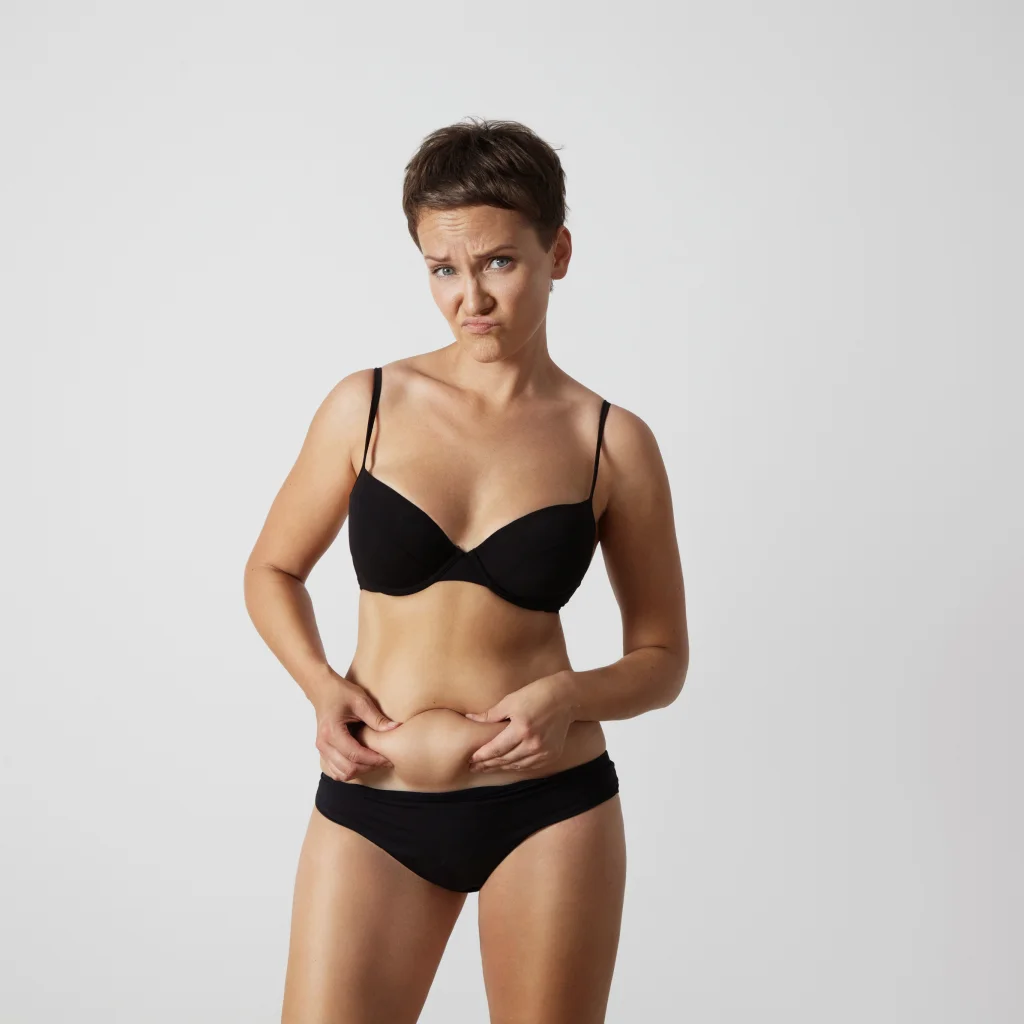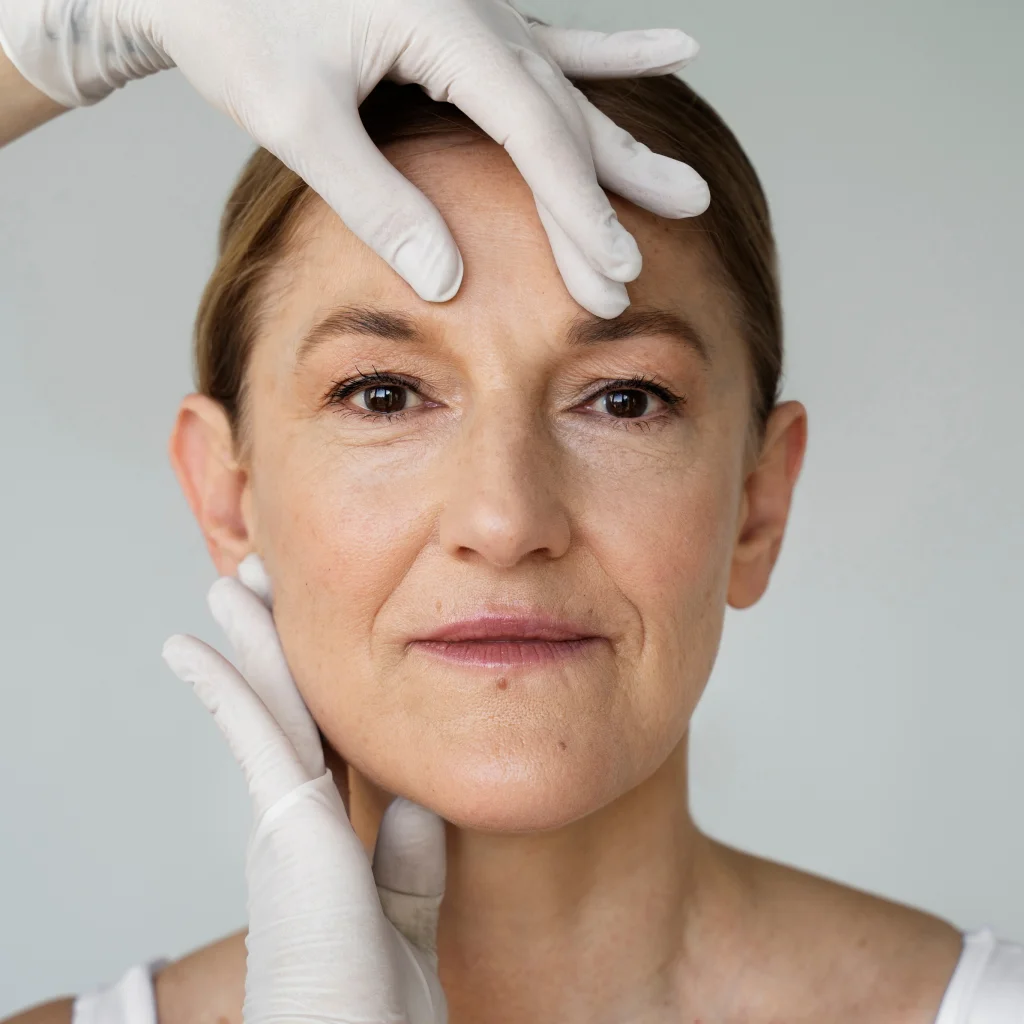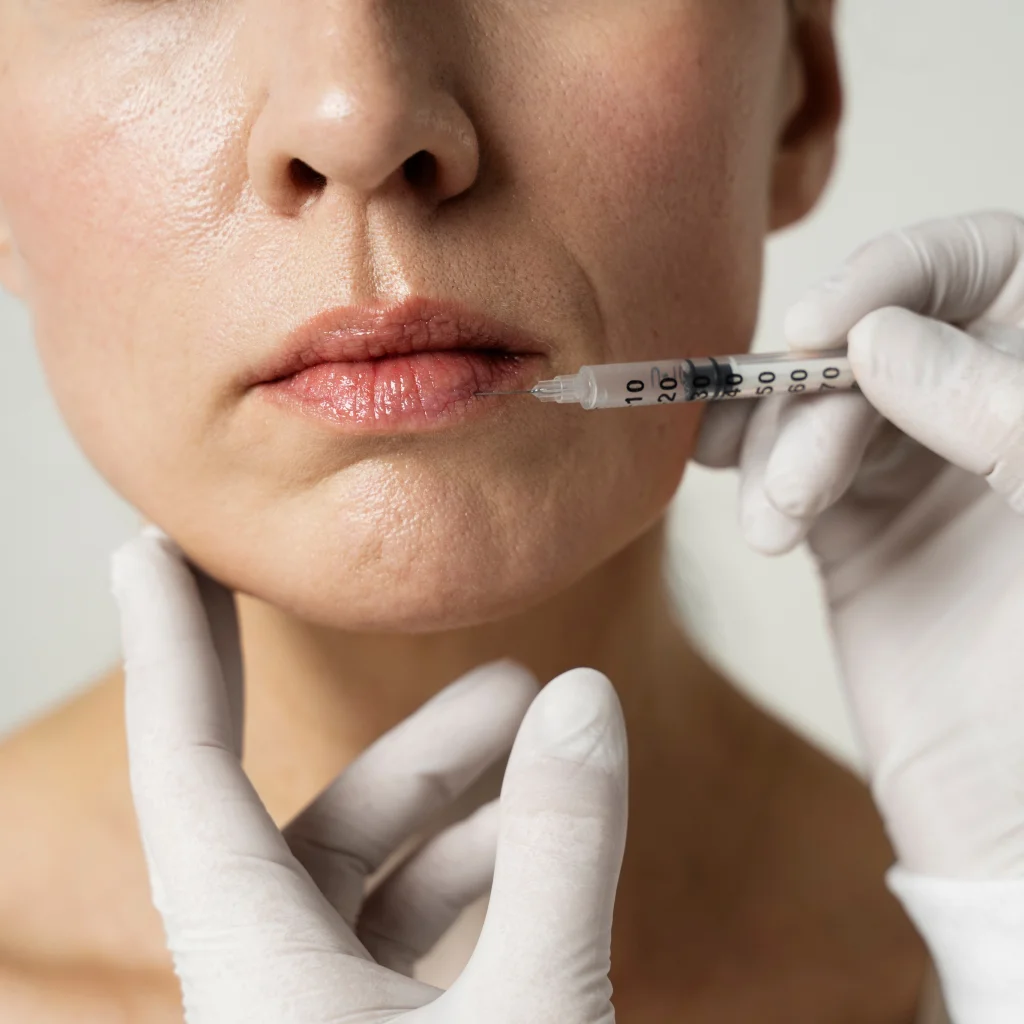Η αποκατάσταση του μαστού μετά από μαστεκτομή είναι απαραίτητη, εν όψει του μόνιμου ακρωτηριασμού και των ψυχολογικών, κοινωνικών και εμφανισιακών προβλημάτων που δημιουργεί αυτή η διαδικασία. Η ασθενής μπορεί να επισκεφθεί τον πλαστικό χειρουργό πριν από τη μαστεκτομή και να συζητήσει μαζί του τη δυνατότητα αποκατάστασης είτε άμεσα (ταυτόχρονα με τη μαστεκτομή) είτε αργότερα (μετά από 6 μήνες).







